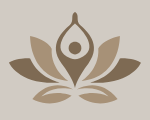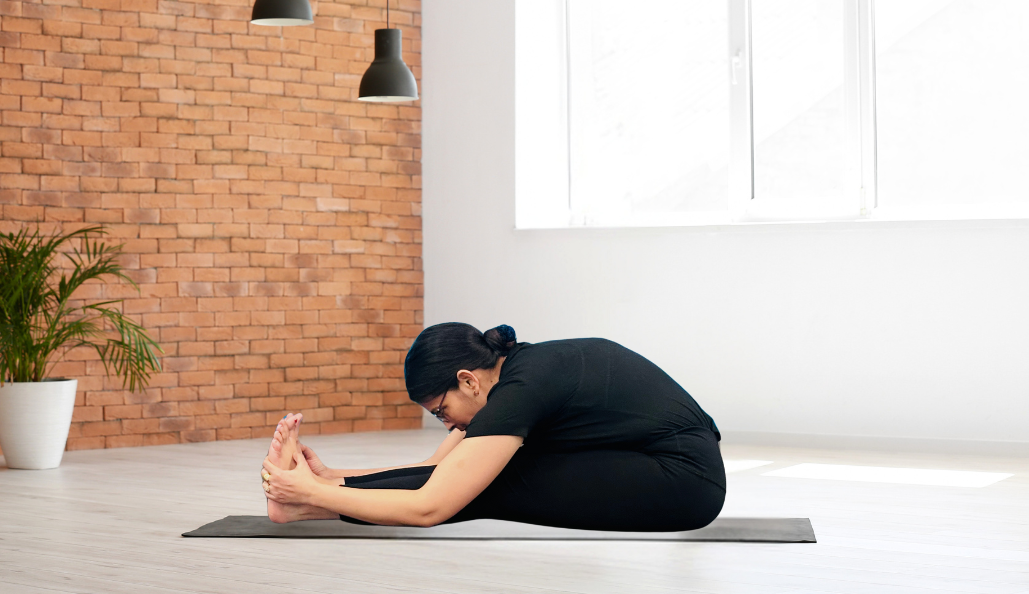Written by
admin
January 19, 2025
The Best Yoga Postures for Backaches and Pain Relief
Back pain affects millions globally, often caused by sitting, muscle strain, or poor posture. Many turn to yoga for a natural, holistic solution. Yoga addresses the root causes, promotes spinal health, and improves posture and flexibility. By gently stretching and strengthening spinal muscles, it relieves tension and provides a sustainable approach to managing and alleviating discomfort.
In this article, we’ll delve into some of the most effective yoga postures specifically designed to target back pain. These poses are suitable for individuals of all experience levels and can help you develop a stronger, healthier back while enhancing your overall sense of well-being. Whether you're dealing with occasional aches or chronic pain, these gentle movements and mindful practices can support your journey toward a pain-free, more active life.
Child’s Pose (Balasana)
This restorative resting pose offers a gentle yet effective stretch for the spine, hips, and thighs, making it an excellent way to unwind and relax. By encouraging the release of tension in the lower back, it provides soothing relief from discomfort and serves as a foundation for addressing back pain. Additionally, this pose helps calm the mind, promoting overall relaxation and preparing the body for deeper stretches or mindful practices. It's a simple yet powerful posture for fostering physical and mental ease.
How to do it:
- Begin on your hands and knees with your knees apart.
- Slowly lower your hips back towards your heels and stretch your arms forward.
- Rest your forehead on the floor, breathing deeply and relaxing into the stretch
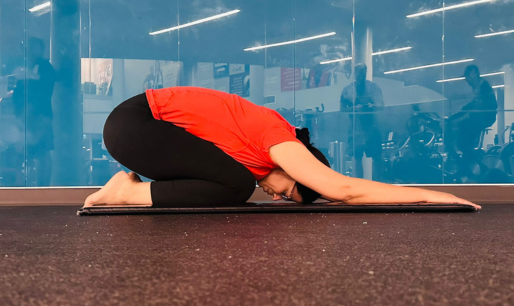
Downward-Facing Dog (Adho Mukha Svanasana)
This dynamic flow between two poses is ideal for enhancing spinal flexibility and mobility. It helps improve posture while releasing tension in the back, making it a powerful tool for relieving discomfort and promoting overall spinal health. The rhythmic movement also encourages mindful breathing, fostering relaxation and a deeper connection between body and mind.
How to do it:
- Begin on your hands and knees, then lift your hips up and back, creating an inverted V shape with your body.
- Press your palms into the mat and gently straighten your legs, keeping a slight bend in your knees if necessary.
- Hold for 5–10 breaths, focusing on lengthening your spine.
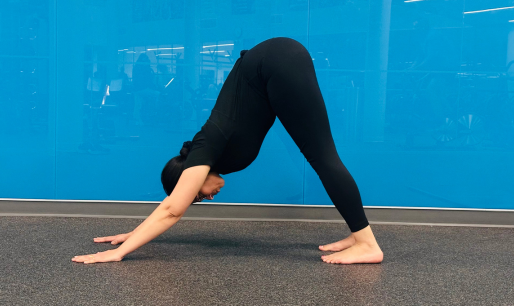
Cobra Pose (Bhujangasana)
Cobra Pose is a gentle backbend that offers numerous benefits for the spine and upper body. As you lift your chest off the ground, this pose stretches the spine, helping to elongate and release tension in the back. It also opens the chest, promoting better posture and breathing by expanding the ribcage and encouraging deep, full breaths. Additionally, Cobra Pose strengthens the muscles along the back, including the lower back, glutes, and shoulders, helping to improve overall stability and support. This combination of stretching and strengthening makes it an ideal pose for relieving stiffness, reducing discomfort, and enhancing spinal flexibility.
How to do it:
- Lie on your stomach with your palms placed under your shoulders. Inhale as you press into your palms and gently lift your chest off the ground, extending your spine.
- Keep your elbows slightly bent and your gaze forward.
- Hold for 5–8 breaths.
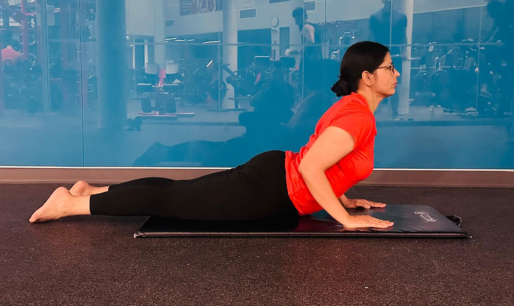
Sphinx Pose (Salamba Bhujangasana)
Sphinx Pose is a gentle variation of Cobra Pose, offering a more accessible option for individuals seeking a less intense backbend. This pose targets the lower back with a deeper stretch, helping to alleviate tightness and discomfort in the spine. By propping the upper body on the forearms, it creates a gentle yet effective backbend that stretches the spine without excessive strain. Additionally, Sphinx Pose opens the chest and shoulders, promoting improved posture and greater flexibility. This pose is particularly beneficial for those looking to enhance spinal health, release tension in the back, and improve overall upper body mobility.
How to do it:
- Lie on your stomach with your elbows directly beneath your shoulders, forearms on the mat.
- Lift your chest off the ground, keeping your elbows tucked in and your gaze forward.
- Keep your lower back engaged to avoid overstraining the lumbar spine.
- Hold for 5–8 breaths.
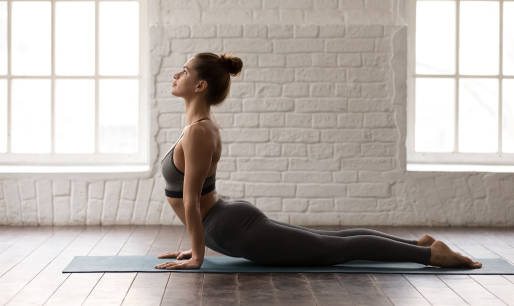
Seated Forward Fold (Paschimottanasana)
This pose provides an effective stretch for both the spine and hamstrings, helping to alleviate tightness in the back and legs. By gently elongating these areas, it encourages the release of muscle tension, which is often a major contributor to back pain. In addition to its physical benefits, this pose has a calming effect on the nervous system, promoting relaxation and reducing stress. As a result, it helps to not only ease discomfort but also address the underlying causes of tight muscles, offering relief and promoting overall well-being.
How to do it:
- Sit on the floor with your legs extended straight out in front of you.
- Inhale, lengthen your spine, and as you exhale, fold forward from your hips.
- Reach for your feet or place a strap around your feet if you can’t reach them.
- Hold for 5–10 breaths, keeping the spine long.
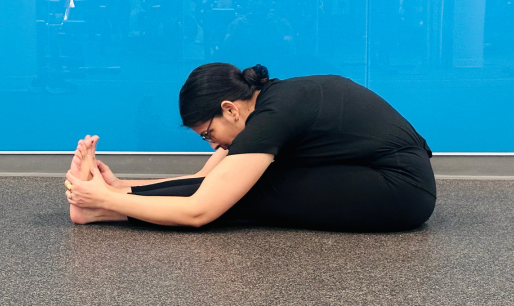
Bridge Pose (Setu Bandhasana)
Bridge Pose is a powerful pose that strengthens the back, glutes, and core while simultaneously opening up the chest and hips. This balanced action helps improve posture and spinal alignment. It’s particularly effective for releasing tension in the lower back, making it an excellent choice for individuals experiencing discomfort from prolonged sitting or tight muscles. Additionally, by lifting the chest and hips, it promotes better circulation, deepens the breath, and fosters a sense of openness throughout the body.
How to do it:
- Lie on your back with your knees bent and feet flat on the floor, hip-width apart
- Press into your feet and lift your hips toward the ceiling, engaging your glutes and core.
- Hold for 5–10 breaths, squeezing the shoulder blades together to open the chest.
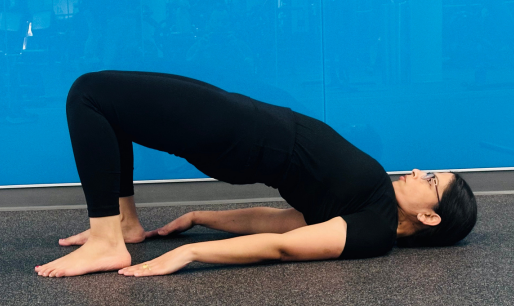
Pigeon Pose (Eka Pada Rajakapotasana)
This deep hip opener is a highly effective pose that targets the lower back, glutes, and hip muscles. By gently stretching these areas, it helps release built-up tightness and discomfort in the back. The deep stretch allows for increased flexibility and mobility in the hips, which can significantly reduce lower back pain caused by muscle tension or poor posture. Regular practice of this pose not only helps to alleviate discomfort but also promotes overall relaxation and improved range of motion. As a result, it provides lasting relief while fostering a sense of calm and well-being.
How to do it:
- Start in a tabletop position and bring one knee forward towards your wrist, extending the opposite leg back.
- Lower your hips towards the floor and extend your arms forward.
- Hold for 5–8 breaths, focusing on deep relaxation in your hips and lower back.
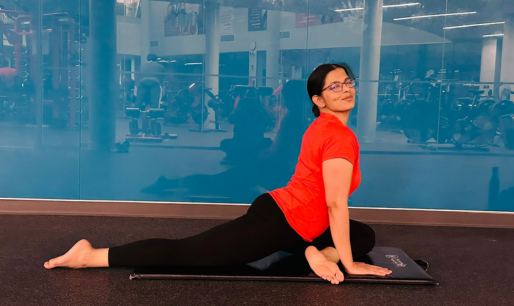
Incorporating these yoga poses into your routine can help alleviate back pain, improve flexibility, and prevent future discomfort. Always listen to your body, and if you experience any sharp or intense pain, consult a healthcare professional before continuing.
With consistent practice, you’ll notice a stronger, more flexible back, improved posture, and a greater sense of overall well-being.
With consistent practice, you’ll notice a stronger, more flexible back, improved posture, and a greater sense of overall well-being.
